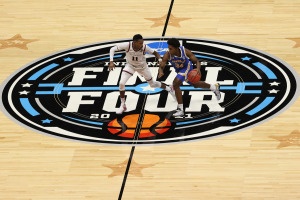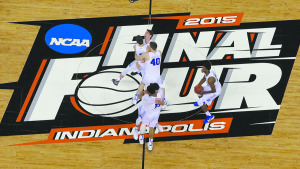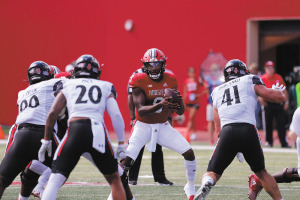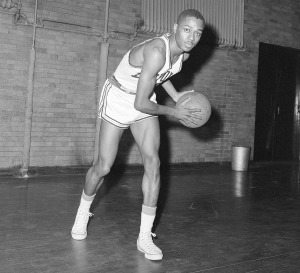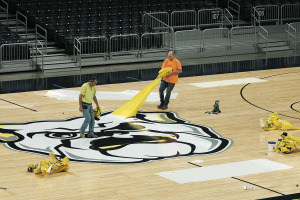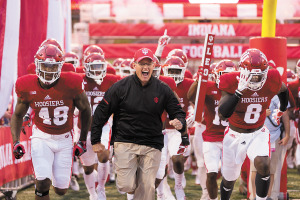
Mark Montieth: College basketball moves far from amateur era
Forget NCAA, the most relevant acronym now is NIL—name, image and likeness. It means that formerly amateur athletes can now be compensated for their popularity in a myriad of ways with a myriad of dollars.




